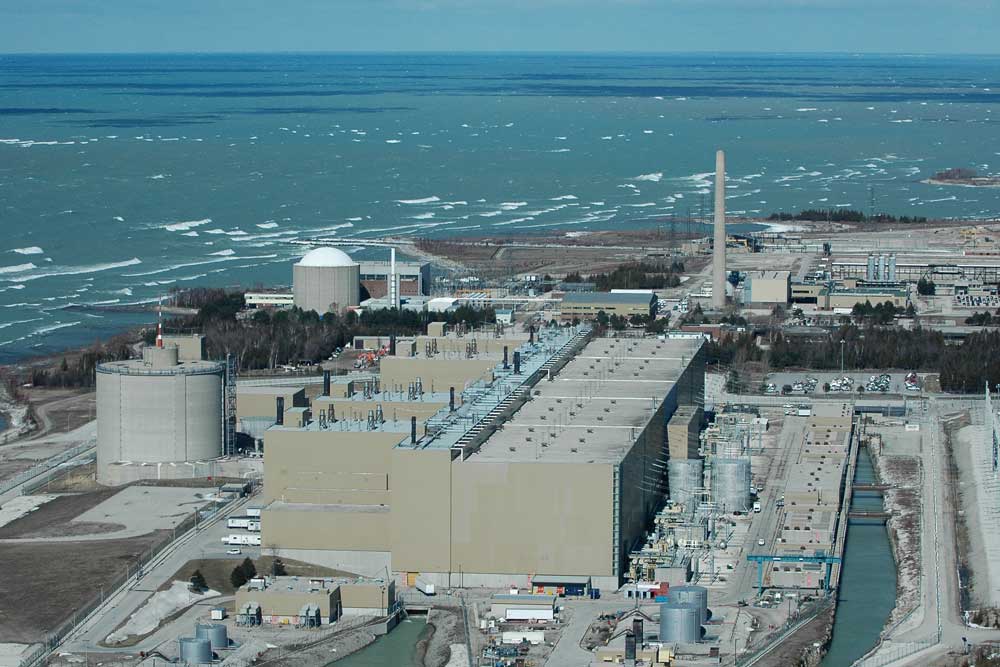On May 6 a Federal Review Panel, formed in January 2012 by the Canadian Nuclear Safety Commission, approved the controversial plan to bury low-level nuclear waste 680 metres below ground off the shores of Lake Huron at Ontario’s Bruce nuclear plant, near the town of Kincardine.
The approved plan will see 200,000 cubic metres of radioactive waste placed at the bottom of a deep geological repository (DGR), the location of which allows the plant to avoid transporting the waste offsite.
While the repository is located just 1.2 kilometres from Lake Huron, the review panel does not believe there is any risk to the health of the Great Lakes. The panel explained that a detailed mitigation plan for the project will be put in place to ensure there are no impacts on the environment. Project operators will be prepared for “any malfunction or accident, not only in order to protect the health and safety of workers, the public and the environment, but also because no matter how small the consequences may be from a science point of view, such an event could negatively affect the public perception of the project.”
The review panel concluded its last round of public hearings on the issue last fall, after which many citizens and critics in both Ontario and Michigan have shown concern for the consequences of the plan.
“The last place to bury and abandon radioactive nuclear waste is beside the largest body of fresh water in the world,” said Beverly Fernandez of Stop the Great Lakes Nuclear Dump.
Several U.S. politicians have also publicly denounced the project, saying that Americans would be affected if leaks contaminate the Great Lakes.
Kevin Kamps of Beyond Nuclear, an anti-nuclear power organization, expressed his group’s concern over the safety of the region’s drinking water.
“The drinking water supplies 40 million people in two countries, yes, and that’s going to continue on for generations into the future,” Kamps said. “These wastes are hazardous for hundreds of thousands of years, if not longer.”
The project’s future is now in the hands of the federal government. If Ottawa gives the go-ahead, the Canadian Nuclear Safety Commission will decide whether to issue a license. Even if approvals continue, it will likely be many years before any facility is built.













